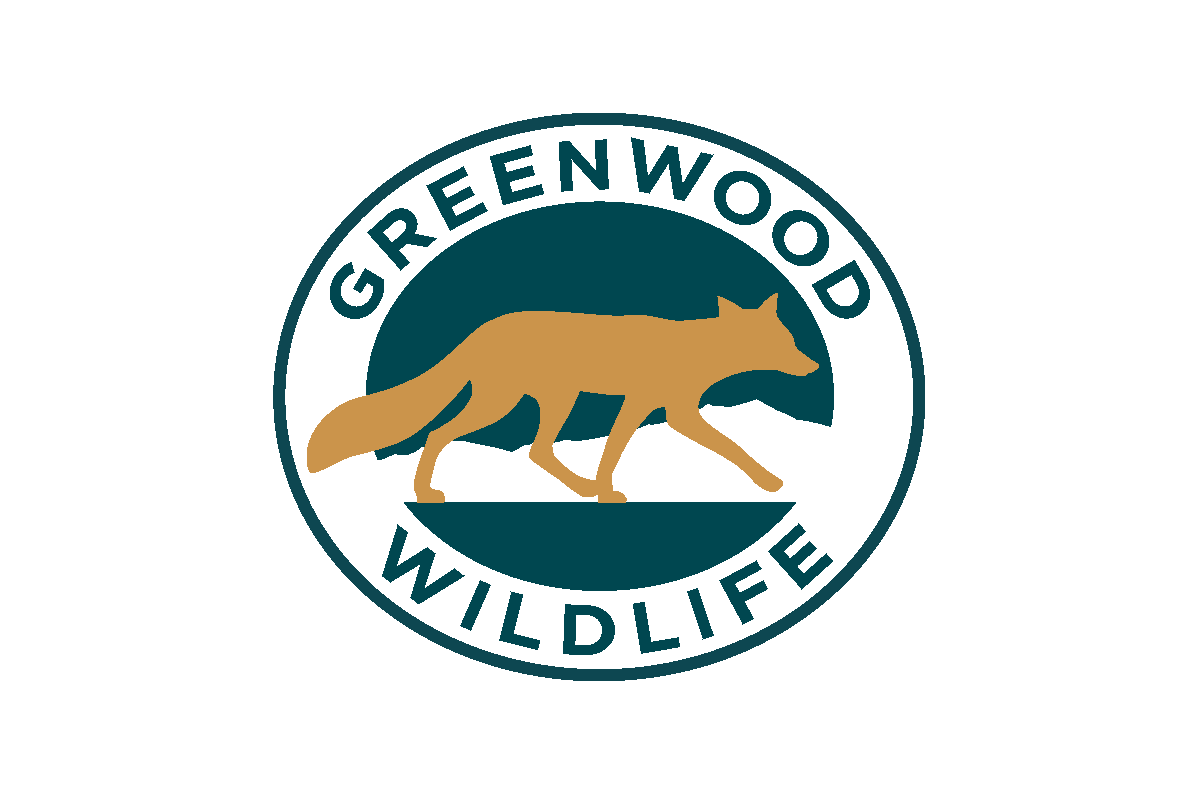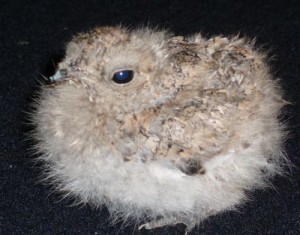Nests – anywhere the eggs are!
Many people think that birds nest only in trees. Indeed, many do. Tree nests range in size from the thimble-sized nest of a Broad-tailed Hummingbird to the massive aerie of a Bald Eagle. (One well-known eagle nest in Ohio, used for 34 years, measured eight feet in diameter and more than 10 feet high and was estimated to weigh more than two tons!) Some species nest in cavities—in ones they excavate themselves, in cavities other species excavated, or in nest boxes provided by humans. Woodpeckers (including Northern Flickers), the three species of bluebirds, Tree and Violet-green Swallows, and all of the chickadees and nuthatches use cavities for nesting.
Yet a surprising number of species prefer nesting on or near the ground. Ground-built nests can vary widely. For example, some birds weave nests that look much like those in trees—they just place them on the ground. Lark Sparrows craft their nests on depressions in the bare soil, which they often make by scraping away the soil. Dark-eyed Juncos tend to situate their nests in small cavities on the sloping bank; under fallen tree trunks; or at bases of bushes, trees, or ferns.
Other species make their nests in surprising places. Horned Larks generally prefer really bare ground such as plowed fields. The female typically digs a slight cavity, using her bill to loosen the soil and toss it to the side—sometimes even kicking dirt from the hole with her feet. But she still weaves a nest out of grasses in that depression she dug. Killdeer are even more extreme, nesting in open areas with sparse, low, or no vegetation at all—bare beaches, gravel road shoulders, and parking lots are not uncommon spots. The adults scrape away the soil into a shallow depression, using their breasts and feet to form a circular “bowl;” eggs are then laid in this cleared bowl, which may be lined with a few small pebbles and perhaps a twig or a wee bit of vegetation. Can you find the Killdeer eggs in this photo? (Look just a bit above dead center—I think I see 4, which is the typical clutch size for Killdeer. Wouldn’t this photo make a great 1000-piece jigsaw puzzle for those long wintry nights?) Given the openness and vulnerability of these nests, I personally think it’s amazing that any Killdeer eggs ever hatch. But they do. And once they hatch, the chicks run around like little fuzz balls on spindly legs just as soon as their natal down has dried. (Birds that are born feathered, eyes open, and pretty much ready to start feeding themselves are referred to as “precocial.” Most songbirds hatch totally dependent, naked with eyes closed—called “altricial.”)
As minimalist as a Killdeer nest is, it looks like a McMansion compared to the nest of a Common Nighthawk. They too use no nesting material, but they don’t even bother to create a scrape or small depression in the ground. Instead, they tend to select substrates that provide just the teensiest bit of structure, such as sand, gravel, forest duff, wood chips, pine needles, or cinders. However, the nighthawk hatchlings are only semiprecocial—at hatching, their eyes are at most half open and they are sparsely covered with down. So they need to stick around their nest site, such as it is, for around 18 days before they can fly. Their cryptic feather coloration helps them blend into their rocky, gravel nest area beautifully.
While most ground-nesting birds nest somewhere on the ground, some species actually nest in the ground. The long-legged, diurnal Burrowing Owl takes over burrows dug by mammals such as ground squirrels, prairie dogs, badgers, or marmots. Even more amazing, the diminutive Bank Swallow actually excavates its own burrow in sandy or gravel banks near water. They dig with their bills in a rapid, slashing motion; material from inside the burrow is ejected with vigorous kicks and wriggling body and wing movements. You can see a good (and short!) video of this activity here. At about the 1-minute mark, the camera zooms in on several Bank Swallows carving out their burrows in a sand bank.
Nests come in all sorts of shapes, sizes, and locations. Probably the best way to identify a nest is functionally. For humans, home is where the heart is. For birds, a nest is anywhere the eggs are.


